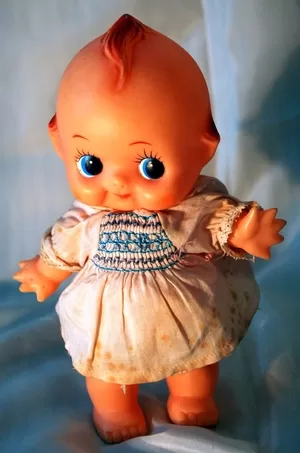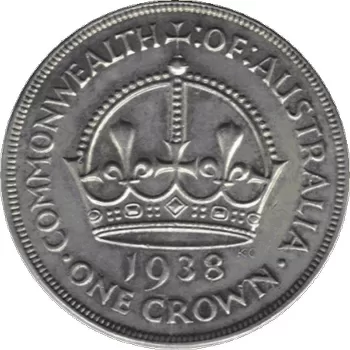Some of the prettiest and most desirable dolls to collect are those with bisque beads. These often bear maker’s marks which help with identification and dating.
Bisque-headed dolls are among the most beautiful children’s playthings ever created and many have survived to become treasured collectors’ items.
Few collectors’ dolls are so keenly sought after as bisque-headed examples. But bisque – unglazed china – is very fragile and heads often become casualties of accidents or rough use.
If you want to collect bisque dolls it is vital to determine that the head is genuinely original, and this can be more easily established if you know something of the manufacturers and the marks they used. Most bisque dolls have information stamped on the back of the heads, usually under a wig if fitted.
Search eBay’s listings of Dolls & Bears °°° Bisque Dolls books at Amazon
Exquisite Doll’s Heads
The heydey of bisque dolls was from the mid-19th century to about 1930 and the manufacturers of Germany and France led the world in producing them.
Germany was the most prolific producer and the Thuringia region of the former East Germany supported nearly 100 manufacturers at the industry’s peak around the turn of the century.
Many bisque heads from Germany were used by French makers, though the heads produced by the French themselves are often credited with being the most exquisite of all.
See eBay’s Antique Dolls listings °°° Bisque Dolls books at Amazon
German Bisque Dolls
Kestner & Co, established in 1805, is considered to be the founder of the doll industry in the Thuringia region.
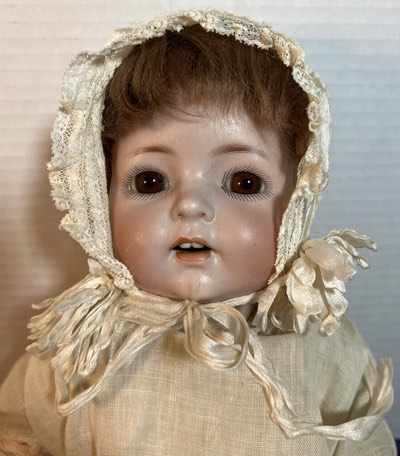

1900-1919 Antique K*R Simon Halbig 121
By 1823 it was producing dolls made of wax and papier mache, and by 1888 ball jointed bodies of cloth or leather were capped with high-quality bisque heads. In 1912 the highly successful all-bisque ‘Kewpie’ dolls appeared (the name is sometimes said to be a corruption of ‘Cupid’).


Kestner crown logo with JDK Germany. The head is incised Dep 1542
This doll was made in a variety of sizes but the larger ones, up to 43cm / 17in., were fragile and are now very rare After 1921, the company also made character dolls – these had heads which were not simply prettily stylized but were instead based on real-life faces.
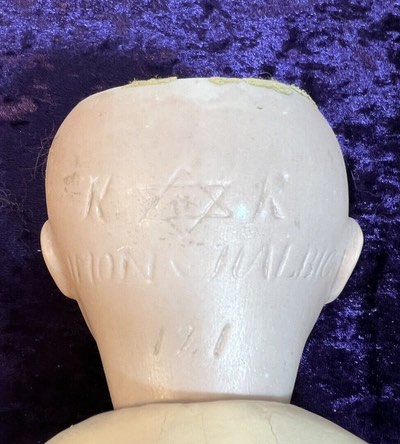

1900-1919 Antique K*R Simon Halbig 121
Early Kestner heads were not marked, but dolls bearing the cipher X or XI are generally credited to the firm. In 1892 dolls were marked with ‘Made in Germany’ and had a mould number.
In 1897 the Kestner alphabet marks were registered; these were on the head and read, for example, B/6, C/7, D18 and so on. Sometimes, the initials of the founder J D Kestner were added to the other marks. The firm of Gebruder Heubach (Heubach Brothers) bought a porcelain factory in Thuringia in 1840.
At first they made figurines and dolls’ heads but by 1905 the company was producing small complete dolls, some with bisque bonnets. Heubach heads were highly regarded and were often used by other doll manufacturers. A notable characteristic of the Heubach style is a distinctive pink-tinted bisque.
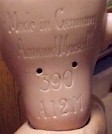

Armand Marseille Bisque Doll
Armand Marseille was the most prolific of all German doll makers. After small beginnings, he too bought a porcelain factory in Thuringia and began to make bisque dolls’ heads in 1890. The first heads made were mould number 390 and these are the most commonly found today.
In 1901 ‘Floradora’ dolls were made or George Borgfeldt in the USA. In 1919 the company amalgamated with Ernst Heubach and was known as the United Porcelain Factory of Koppelsdorf. After this, the ‘A M Dream Baby’ appeared in 1924 and the ‘Baby Phyllis’ doll in 1926.
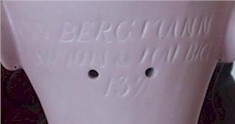

German CM Bergmann – Simon Halbig Hd
Simon & Halbig were second only to Marseille as producers of dolls’ heads in Germany. In the mid-1880s they issued heads with open mouths and moulded teeth.
In 1893 the company began making oriental heads with real hair and were the most prolific producers of ethnic dolls in shades of yellow-gold to deep chocolate bisque. In 1920 the company was taken over by Kammer & Reinhardt.
See eBay’s Antique Dolls listings
Bathing Dolls
Kammer & Reinhardt started business in 1886 and by 1890 were producing jointed dolls with bisque heads and porcelain bathing dolls with movable arms and legs.


German K R Simon Halbig Bisque Doll
The company became famous for its character ‘baby’ dolls and the first example was thought to be modelled on Kaiser Wilhelm’s son. In 1902 the company began to use heads made by Simon & Halbig.
In 1916, Kammer & Reinhardt merged with Bing of Nuremburg and in 1920 the firm took over Simon & Halbig.
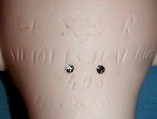

K R Simon Halbig 403 Germany. She was made by the Kammer & Reinhardt Doll Factory with heads by Simon Halbig in the late early 1900’s
See eBay’s Antique Dolls listings
French Bisque Dolls
Bru Jeune & Company was founded in Paris in 1866 and made fashion dolls in a variety of materials with bisque heads and shoulder plates.
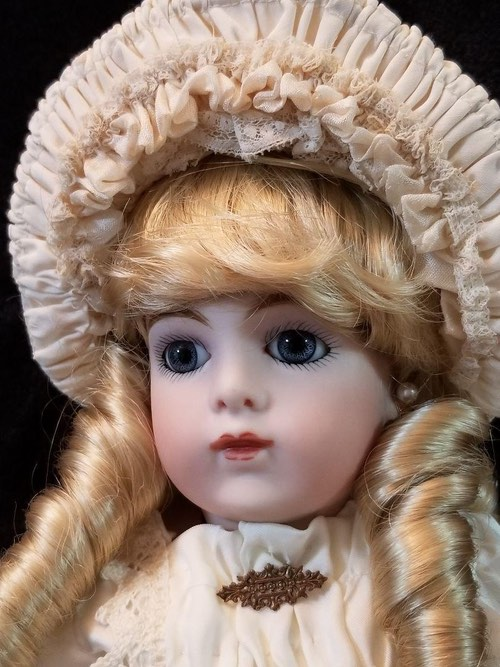

Vintage Bisque doll Bru Jeune
In 1867 a patented ‘crying’ doll and a ‘laughing/crying’ doll were issued: the latter had a revolving head with two faces.
Later, in 1873, Bru made a doll with a swivelling bisque head and bisque hands. Be’be’ Teteur, a doll that could suck liquids, was patented in 1879. Circle and Dot dolls, so called because of the marks on the head, were made between 1879 and 1884.
See eBay’s Antique Dolls listings
Elegant Doll’s Clothes
Pierre Jumeau first made fashion dolls in Paris. Noted for their elegant clothes, these are among the most valuable of all collectors’ dolls today.
Portrait dolls, based on real children, appeared around 1870, and in about 1875, when Emile J umeau took over the factory from his father, bebe dolls appeared. These did not necessarily represent tiny babies but children from infancy to seven or eight years old.
By 1885 all Jumeau dolls carried the firm’s trademarked name. Despite winning many gold medals for their fine dolls, Jumeau, like Bru, faced stiff competition from Germany and in 1899 both companies, along with other French manufacturers, amalgamated to form the SFBJ to combat the threat.
The SFBJ – Societe Francaise de Fabrication de Bebe’s et Jouers – included Fleischmann & Bloedel, Bouchet, Genty, Remignard, Gobert, Gaultier, Werthheimer and Pintel.
Demand for the Society’s products was high, but manufacturers still had to import some bisque heads from their German rivals.
One of the most popular dolls produced was ‘Bluette’, which remained in production for nearly 60 years – right up to 1957 when the Society collapsed in the face of foreign competition.
Further Reading:
°°° Bisque Dolls books at Amazon
Insider’s Guide to German ‘Dolly’ Collecting: Girl Bisque Dolls: Buying, Selling & Collecting Tips by Jan Foulke, Howard Foulke
Doll Costuming How to Costume French & German Bisque Dolls by Mildred Seeley
Jumeau Dolls : Sticker Paper Dolls by Brenda Sneathen Mattox
The Jumeau Doll by Margaret Whitton
Simon & Halbig Dolls : The Artful Aspect by Jan Foulke
Kestner, King of Dollmakers by Jan Foulke, Howard Foulke
As an Amazon Associate, I earn from qualifying purchases.
Search eBay’s listings of Dolls & Bears
See eBay’s Antique Dolls listings
More articles in our Doll Collecting series:
Bisque Dolls from childhood playthings to prized collectible
Sacred Kachina dolls of Hopi & Pueblo Native Americans
Collecting Teddy Bears, a favourite hobby
Cast-Iron Hubley Toys & Schucho Teddy Bears
GI Joe doll for boys that put action into Action Figure
Barbie® goes plastic-free with MyCelia™ EcoWarrior climate activist edition


